Ok, so it’s another Sparkle video card for review. Yes it’s a GT240, but this one is the overclocked edition, or plus edition as it’s labeled, but it’s really not. The box says it is but the core and clock speeds are the same as the other GT240 cards. It does feature 1024mb of DDR5 ram, so let’s just jump in here.
The box is the box.
Inside you’ll find the card wrapped in bubble wrap and an anti-static bag along with documentation and a driver/software CD.
The card feature a rather large heatsink on and it has HDMI, VGA and DVI ports. It does not require an additional power connection.
Specifications:
GeForce GT240 OC 1024MB GDDR5 w/ Native HDMI Port
Model No: SXT2401024D5-NM
GPU / VPU: NVIDIA GeForce GT240
RAMDAC: Dual 400MHz
Bus Type: PCI-Express 2.0
Bus Speed: 16x
Video Memory: 1024MB
Memory Type: GDDR5
Memory Interface: 128 bit
Core Clock: 550 MHz
Memory Clock: 1700 MHz
Output Connectors: HDMI x1, Dual-Link x1, VGA x1
HDCP Capable: Yes
Overclocked: No
Cooling System: Fan
Video Card Profile: Full Height
Video Card Slot: Single Slot
My setup is: Intel C2Q9650, DFI motherboard, 8 gigs ram and everything hooked up to a 47” Vizio HDTV via HDMI.
So I’m putting it up against the Sparkle GT240 with 1024mb of DDR3 ram and a Sparkle GT240 with 512mb of DDR5 ram.
I tossed in a couple more tests as well besides the usual suspects.
Let’s start it off with two from Futuremark, the first is 3DMark06:
As we can see DDR5 is much better than DDR3 that the stock has.
Next is 3DMark Vantage, settings are stock but set to 1920 resolution.
Same thing here again, the 1024mb DDR5 is much better, about double the performance.
Next up would be Crysis Warhead at resolutions of 1680c1050 and 1920×1080:
Here’s a surprise, the 512mb does a little bit better.
Next is Far Cry 2, same thing at 1680 and 1920 resolutions.
Average score again is better with the 512mb card oddly.
Next up would be HAWX2:
And again the 512mb card is better oddly, wonder why they both have DDR5 ram in them, you’d think the 1024mb card would be better.
Lastly I’ve got two from SiSoft Sandra 2011 that deal with rendering and transcoding
The first is the media transcoder test:
Media Transcode
Measures the media transcoding performance, i.e. decoding video & audio from one format and then encoding it to another. Shows how your processors or hardware accelerators handle transcoding in comparision to other typical transcoders.
Such operations are used when converting media from a camcorder to your computer and then to a device (TV, tablet, phone, etc). Transcoding is needed as each device might use a different media format (and thus container or codec) or support different profiles (resolution, etc.).
Explanations
WMV (e.g. from Movie Maker) to MP4/H264 (TV, tablet, phone, etc.)
MP4/H264 (e.g. from camcorder) to MP4/H264 (TV, tablet, phone, etc.)
Profile you can select various profiles to test: HD TV, SD TV, Tablet, Phone.
See also Questions and Answers document for full information.
Results Interpretation:
WMV to H264 (MB/s) – higher results are better, i.e. better transcoding performance.
H264 to H264 (MB/s) – higher results are better, i.e. better transcoding performance.
Not much of a difference really between the cards.
Next would be the video rendering test:
Video Rendering
Benchmark the graphics performance of the video adapters (GFXs).
Such operations are used by all graphics software, image manipulation, video decoders/encoders, games and modern operating systems.
Explanations:
The test involves the generation of Mandelbrot Set fractals that are used to realistically describe and generate natural objects such as mountains or clouds. Such instructions are used for audio and video encoding and decoding, games and other applications where the same operation needs to be applied to large amount of data.
Results Interpretation:
Float Shaders (Pixels/s) – higher results are better, i.e. better single (32-bit) floating-point performance.
Double Shaders (Pixels/s) – higher results are better, i.e. better double (64-bit) floating-point performance.
Hmm, the GT240 OC with 1024mb DDR5 looked good in the beginning, but as the tests wore on the 512mb seemed to get the best of it.
The card performs well overall I think, it’s quiet under load and it’s small and of course it doesn’t require an extra power either.
I did the whole watching HD movies like blu-rays and they played perfectly fine.
Conclusion:
The Sparkle GT240 is labeled as OC or overclock but it really isn’t technically overclocked is it? The performance isn’t bad, but it’s not great either. It would work good for an HTPC or a very light gaming PC I think. The cost of course is about $100, so it’s not bad for a budget card.
Pros:
+No additional power required
+Quiet
+Decent performance overall
Cons:
-Not as good as expected
| Grades: | |
| Overall |  |
| Design |  |
| Performance |  |
To learn more about our review policy please visit this page HERE.

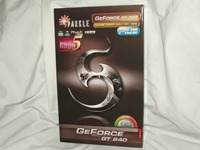
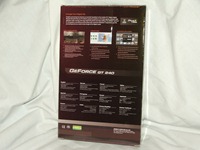
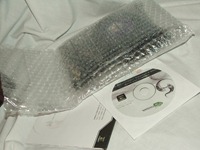
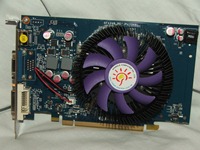
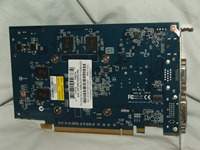
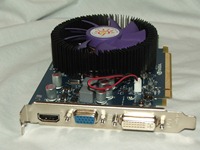
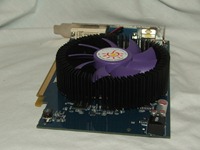
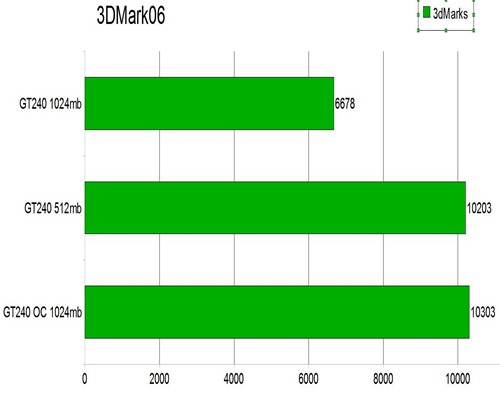
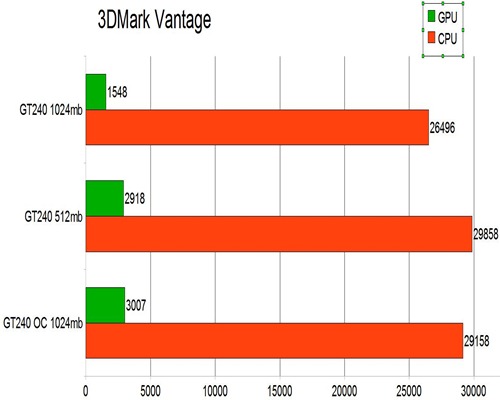
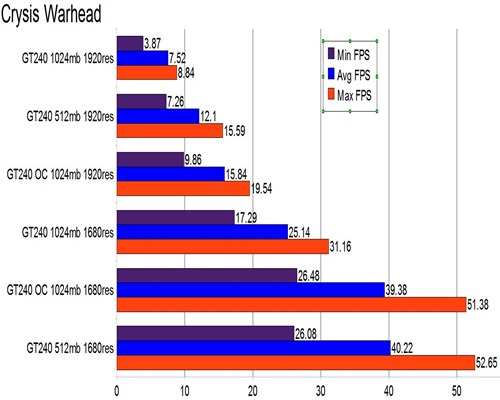
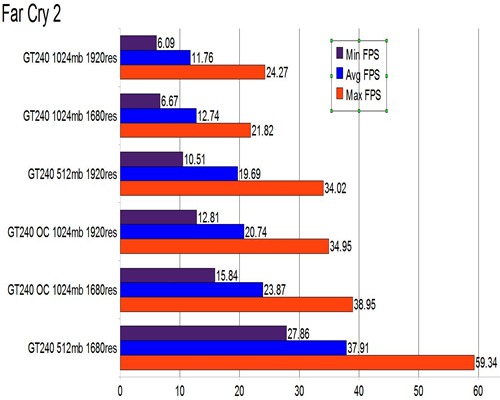

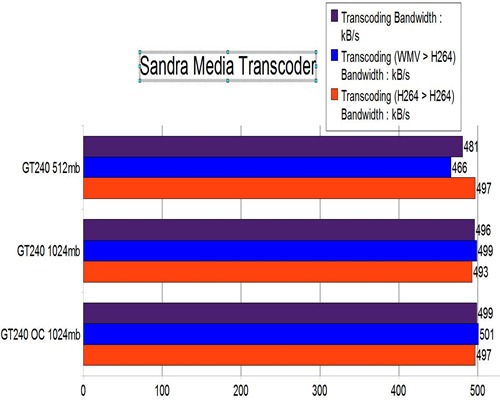
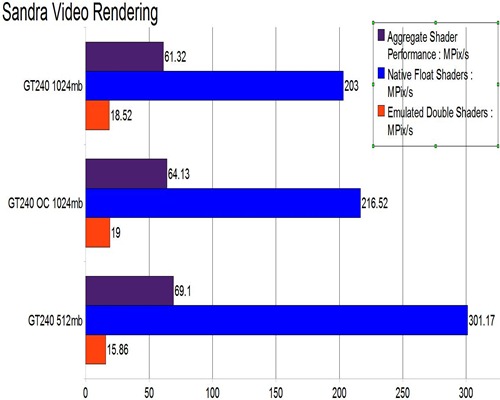





1 comment for “Review of Sparkle Nvidia GeForce GT240 OC 1024MB GDDR5 w/ Native HDMI Port”